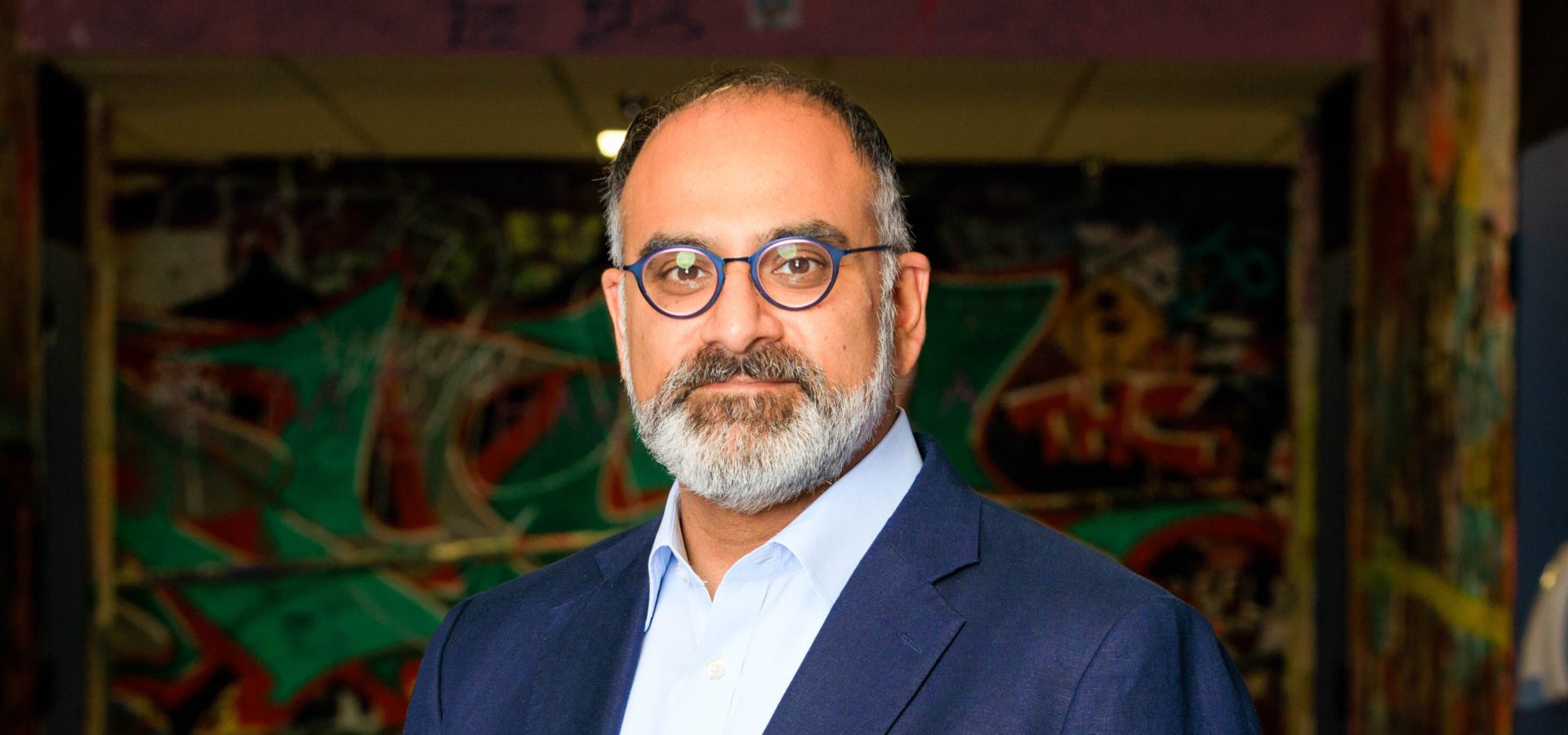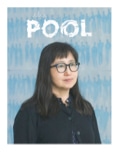Now close to the end of my second year as President, CalArts is in the midst of the “Spring Push,” as it was described to me when I started. Last year, I found myself attending performances, lectures, exhibitions, readings, and parties every single day, from morning to night, starting around the middle of April right through graduation—finishing by hatching from an egg and playing trumpet with the Latin Band in the main gallery well past 2 am. If memory serves, I slept that entire weekend after graduation, emerging the following Monday to a quiet building in Valencia. I remember feeling a loss at that moment—that first group of students and faculty who had welcomed me to CalArts was gone, and that same group would never come together in the same way again.
During that first year, I heard a lot directly from students during what I called a year of listening. This year, a year we referred to as a year of planning, I tried to learn more about some of those things I had heard. One common thread from the students was how they struggled with finances, how they didn’t fully understand how to plan for the costs of college before they came, and how they wanted to know as much in advance about how much CalArts costs so they could better plan. “Could I send a notice in the spring about the new tuition rates for the following year so that students could plan accordingly?” they asked. I knew this to be common practice at many schools, so I thought that at least we could send that notice in the spring, and have meetings to answer student questions. So that’s what we set out to do.
This spring a notice went to everyone at the Institute informing them of the new tuition rates for the following year. Two days later, I received a letter from students in the School of Art asking for a meeting about a list of items they wanted to be addressed if the tuition was going to be increased. I met with Art School students that Wednesday afternoon and those students started a protest the following day at the Art School MFA Interview Day. The Student Union converted a meeting we had already scheduled for that Thursday afternoon into an open town hall in the cafeteria, where anyone could ask me questions. A request at that town hall was made to meet with Trustees, and another town hall with trustees was scheduled that following Monday, four days later, in the Main Gallery, where students presented a letter outlining requests regarding their participation in advising on budgetary matters. During that weekend, students turned their concerns, frustration, and anger about the increase in tuition into planning a protest at the Trustee Meeting on Tuesday after the Trustee Town Hall. The Trustees responded to the letter the students sent by issuing a set of resolutions directing the Institute to reallocate as much of the financial aid budget as possible to students that demonstrated additional need caused by the tuition increase, trying to increase aid for those students in the amount of the increase. The Enrollment Management staff and faculty serving as Financial Aid liaisons from the schools quickly made that happen. Before spring break was finished, they had created a process for students to be able to demonstrate need, request additional aid, and be evaluated through one process that was clear, transparent, and was unified for the whole Institute.
This was big. This was a lot of change for CalArts in a matter of a month, changing the way we had been doing things for many years. It’s not likely everyone on-campus welcomed the move. But the students did—it was something for which they had asked by reminding us that, if not for them, there wouldn’t be a CalArts.
At the same time, many CalArtians were gathering to remember a fellow member of the “mafia,” Stephen Hillenburg. I was honored to be asked to speak at a memorial at Nickelodeon studios in Burbank. It was one of the hardest things I have done since coming to CalArts. While I only knew Stephen for two short years, it was clear from the moment we met that he was full of innocence. He was curious, generous, and truly valued the importance of friendship. And he was an artist, which is why he came to CalArts. When you talk to people who knew him, at various points in his life, you realize that never changed. He just wanted to create art.
This moment is one in CalArts’s history in which we can take stock of all the fantastic things that CalArtians have accomplished over almost 50 years. And it is one in which we can take a moment and focus our attention on artists—artists who have been at CalArts, artists who are at CalArts, and artists who will be at CalArts. For, it’s through these artists that CalArts gets its meaning—it’s by them, through them, and with them that we work to make models of how the world can be, and I can think of no place that is as strongly committed to this as CalArts.
Today, immersed in the spring push, I know that the moment when I feel loss as the students and faculty are leaving campus is coming again. But, I also know that I will see many of the faces and hear the voices of students again, maybe not in the same way, but in a new way—as alumnx of the Institute. I’m lucky—in my job I have the privilege of interacting with the “mafia” at many of your events, exhibitions, lectures, readings, and parties, and love when I get that opportunity. Please continue to send information back to us about what you are doing. We love to hear from you. Please do come and join us in the second weekend in October for CalArts Weekend, when we all get to mix again, students current and former, on the hill in Valencia.







